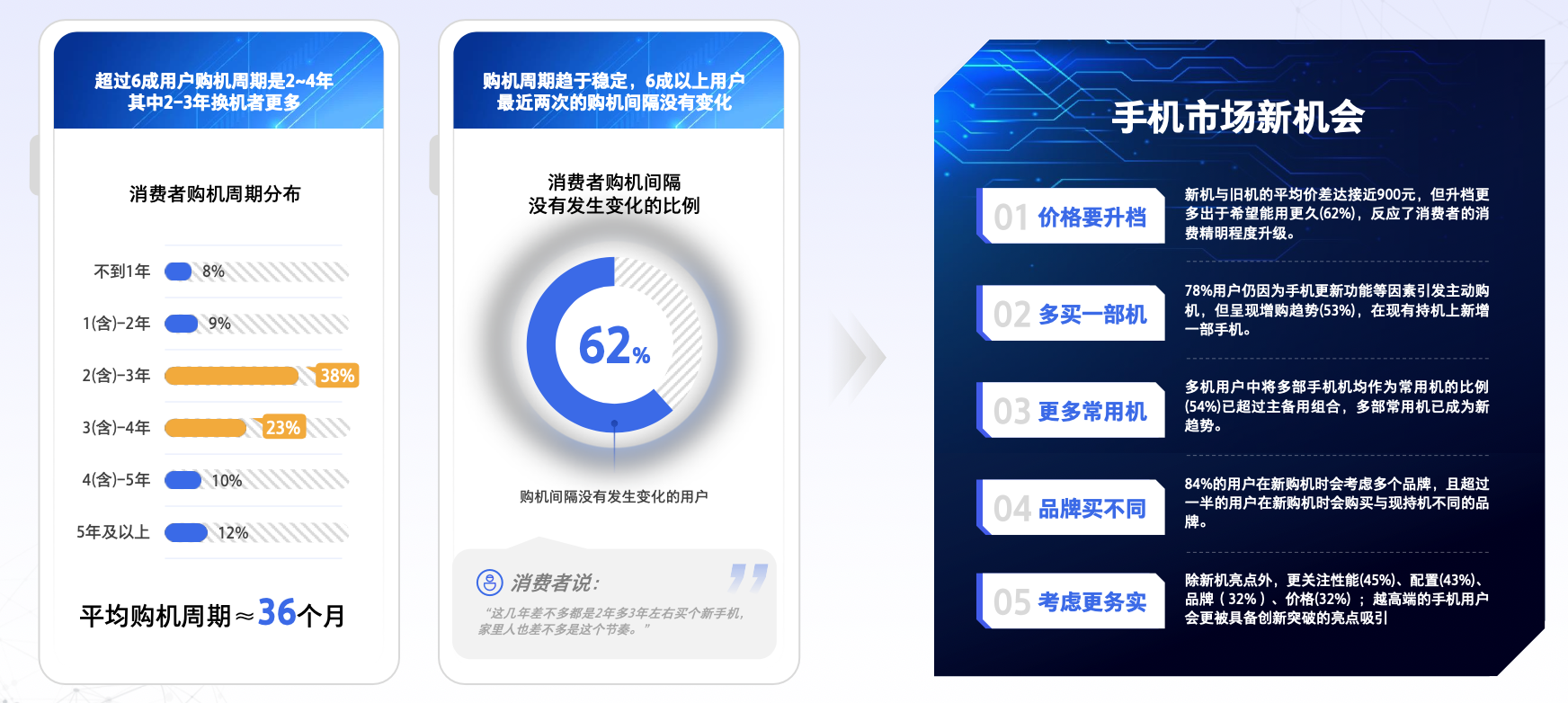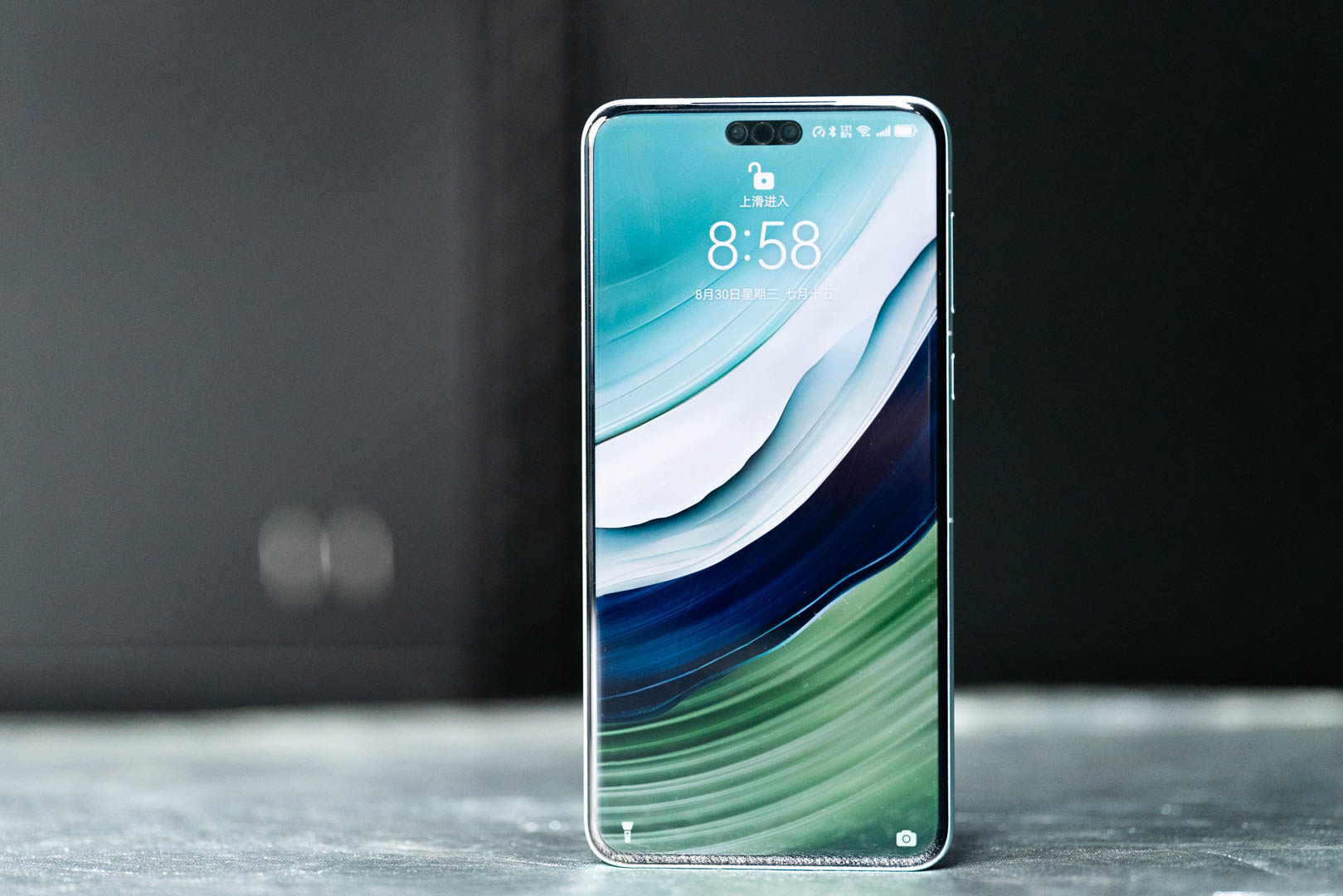Two iPhone models declared obsolete by Apple! Smartphone manufacturers compete fiercely with 'stubborn users'
![]() 11/21 2024
11/21 2024
![]() 561
561
On November 15, Apple announced that the iPhone 6s Plus and iPhone XS Max models have been classified as 'obsolete'. Once declared 'obsolete', these products will not receive system updates, and Apple will not provide any repair services for these outdated models, regardless of whether users pay for the repairs themselves.
This 'planned obsolescence' product strategy has little impact on users who frequently change their phones, but it is undoubtedly bad news for those 'stubborn users' who are reluctant to upgrade.
Why do some brands have many 'stubborn users'?
'Stubborn users' refer to those who persist in using older phone models and are unwilling to upgrade. Due to objective (software incompatibility) or subjective (smooth performance) reasons, they often continue to use phones released several years ago. However, the standard of 'changing every few years' is vague, so I will attempt to provide a clearer definition here.
According to the '2024 Mobile Phone Industry Consumer Trends Insight' report by Tencent Marketing Insight and Ipsos, over 60% of users replace their phones every 2-4 years (24-48 months), with most users replacing their phones every 2-3 years. Based on this, I define 'stubborn user' models as those that still have a large user base more than three years after their release or after three generations of updates. Familiar examples include the Xiaomi 6, Xiaomi 8, iPhone 8, and iPhone 11 Pro.

Image source: Tencent Marketing Insight
Nowadays, the title of 'stubborn user' model is no longer exclusive to brands with long system support. It also applies to models like the iPhone 13, Xiaomi 12s, OPPO Find X3, Huawei Mate 40, P50, and even Samsung S21 and numerous domestic smartphones powered by the Snapdragon 778G.
Take the iPhone 13 Pro as an example. Its A15 Bionic chip still performs well even today, keeping up with the latest models in most scenarios, except for heavy gaming over long periods. The exclusive ProMotion adaptive high refresh rate screen also gives the iPhone 13 Pro a unique competitive edge against similarly priced new iPhones.
Of course, the iPhone 13 Pro's status as a 'stubborn user' model is also attributed to Apple's long system update support and the 'pixel-level' innovations of the iPhone 14 and iPhone 15. I dare say that if it weren't for Apple AI's minimum RAM requirements, the iPhone 13 Pro could have 'fought on' for several more years.

Image source: Leitech
After discussing the iPhone, let's talk about Xiaomi. The Xiaomi 12s, a premium model released years ago, features a flagship processor and a gradually improving camera system, delivering excellent photography performance. Crucially, its price is relatively affordable, without compromising on performance or experience. For users seeking high cost-effectiveness, there's no need to frequently change phones; a Xiaomi 12s can last for several years. Coupled with the slower pace of MIUI updates in the past two years, many users have stuck with their devices.
However, Huawei's situation is somewhat unique. The Huawei Mate 40 is considered a 'stubborn user' model because it was equipped with the Kirin 9000 chip at a time when global semiconductor supply was tight, making it particularly valuable. For many loyal Huawei users, the Mate 40 symbolizes high performance and carries special sentimental value amidst a complex market environment.

Image source: Leitech
The Pura 70 and Mate 60 series indeed continue Huawei's flagship legacy. However, from the perspective of 'stubborn users,' the Mate 40 stands out because it appeared during a critical juncture for Huawei's mobile phone development, carrying deeper user sentiment and market significance. Of course, the Mate XT rewrote Huawei's 'high-end phone' market layout in a short period, prompting many Mate users to consider upgrading.
Is the increase in 'stubborn users' a result of difficulties in phone innovation?
Let's temporarily set aside specific phone brands and view the 'stubborn user' phenomenon from the perspective of the mobile phone industry. In my opinion, the frequent emergence of 'stubborn user' models in recent years is superficially due to waning user interest in new models, leading to old models still occupying a significant market share. Fundamentally, however, 'stubborn users' are an inevitable outcome of excess hardware performance, the lack of groundbreaking innovations in new models, shifts in consumer spending habits, and economic factors.
Firstly, current smartphones generally have excess performance. Despite complaints about bloated apps like WeChat and Alipay, even phones from a few years ago can run smoothly. While there is a notable difference in gaming performance between these 'stubborn user' models and current flagships, considering the power consumption of Qualcomm's flagship chips in the past, the difference in gaming between flagships and 'stubborn user' models is mainly about which one hits the temperature limit first without external cooling.

Image source: Samsung
Additionally, the low perceived value of recent phone models has contributed to the spread of the 'stubborn user' phenomenon. Highly homogenized designs and functions have made new phones lack groundbreaking hardware innovations. The portability of AI functions allows some 'stubborn users' to enjoy the same AI capabilities as new phones. For example, Samsung has pushed a series of 'S24-exclusive' AI features to S23 series models, further weakening the competitiveness of new phones.
From a market perspective, 'stubborn users' also reflect the current issues faced by the smartphone market.
Intense market competition and insufficient functional differentiation make it difficult for phone brands to stimulate consumer purchase intent through minor updates, as was common in the past. After years of mobile internet development, even elementary school students use their parents' old phones, limiting the growth space for new smartphone users. The extended replacement cycle of existing users poses challenges to market growth.
Moreover, the platformization and standardization of the second-hand market have provided consumers with more options when upgrading their phones, further weakening demand for new phone models.
To 'eradicate' 'stubborn users,' smartphone brands are taking various measures
Reviewing transaction data from mobile phone brands during this year's Double 11 shopping festival, it is evident that consumers are not averse to new phones. However, the escalating and nearly uncontrolled prices of new phones in recent years have prevented people from upgrading annually as they once did. Additionally, these skyrocketing prices have not substantially improved the user experience. For example, phone brands bundled satellite communication features in flagship models a few years ago, raising the average price by nearly RMB 400, but how many people have actually experienced satellite communication?
Instead of striving to eliminate 'stubborn users' or launching more expensive flagship phones, smartphone manufacturers should focus on users, particularly on price and experience, which are their top concerns.
Taking Apple, mentioned earlier, as an example, the annual similarity of iPhones has become a 'brand feature.' If Apple wants to sway 'stubborn users,' its primary task should not be to launch another similar flagship phone but to reduce users' ownership costs, such as by increasing the trade-in value of old phones.
Even with AC+, the 'trade-in value' of a flagship iPhone after one year is halved. In contrast, Samsung offers a 30% discount on flagship phone trade-ins, and platforms like AI Hui Shou can even offer a 20% discount. Excessively low official trade-in values give users the mindset that 'it's not a loss if I don't sell,' encouraging them to become 'stubborn users.'
Regardless of how many labels we attach to phones, buying and replacing them are ultimately consumer behaviors. When products don't sell, the reason is often 'unreasonable pricing.' Instead of creating obstacles for old phone users through software updates or 'pushing' them to upgrade by sacrificing user experience, manufacturers should solve the issue of excessively high phone prices, cultivate user brand loyalty through continuous system updates, and attract users to try new products with lower purchase costs. This is a more user-friendly 'eradication strategy.'
Source: Leitech








